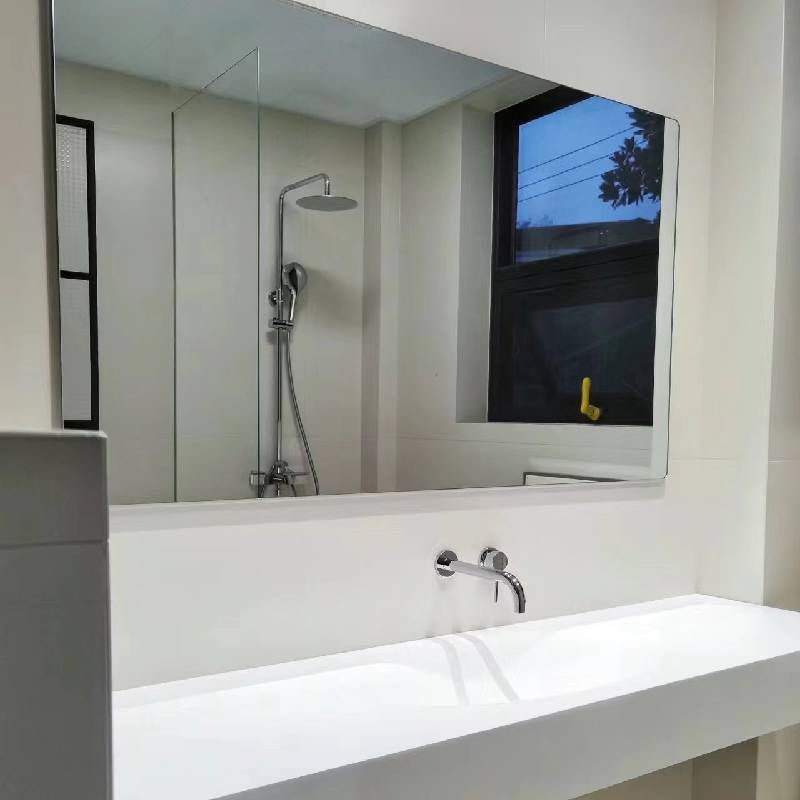

The Aesthetic and Functional Appeal of Reflective Glass Colors
Reflective glass has become an increasingly popular choice in modern architecture and interior design. This versatile material offers a range of colors and finishes that can dramatically change the aesthetic of a building or space while also providing functional benefits. The phenomenon of reflective glass colors not only enhances the visual appeal of environments but also contributes to energy efficiency and comfort.
At its core, reflective glass is designed to reflect a significant portion of solar radiation, thus minimizing heat gain from sunlight. The colors available in reflective glass play a crucial role in its performance. Different shades can influence the amount of light and heat that passes through the glass, allowing designers and architects to tailor their selections based on the specific needs of a building. For instance, lighter reflective colors, such as silver or light blue, may reflect more solar energy, making them ideal for warm climates, where cooling costs can be significantly reduced.
The color spectrum of reflective glass ranges widely, from subtle tones like bronze and grey to vibrant hues such as blue or green. Each color imparts a unique character and identity to the structure. For instance, a building adorned with blue reflective glass can evoke feelings of tranquility and calmness, making it an excellent choice for office buildings or healthcare facilities. In contrast, a deep bronze can add a touch of warmth and sophistication, lending itself well to high-end residential projects.

In addition to aesthetic considerations, the choice of reflective glass color can impact the functionality of a space. For example, dark tinted glass can provide additional privacy while still allowing natural light to flood the interior. This is particularly beneficial in urban environments where buildings are in close proximity to one another. Conversely, clear or lightly tinted reflective glass can enhance visibility and create a sense of openness, making it suitable for retail spaces or public buildings where inviting foot traffic is essential.
Moreover, reflective glass colors can also influence the overall energy efficiency of a structure. By reducing reliance on artificial lighting and cooling systems, they can contribute to a building’s sustainability goals. Many architects and designers are now using reflective glass as part of their green building strategies. In this way, the selection of reflective glass colors is not just an aesthetic choice but a contribution to environmental responsibility.
Lighting conditions also play a pivotal role in how reflective glass colors are perceived. During different times of the day, the changing natural light can alter the appearance of glass, creating a dynamic visual experience. For example, early morning light can cast a soft glow on blue or green reflective glass, while the harsh midday sun may enhance the brilliance of silver reflective surfaces. This transient quality creates a living canvas that can slightly shift with the weather and time of day, making buildings with reflective glass captivating and ever-changing.
In conclusion, reflective glass colors offer a harmonious blend of beauty and functionality. They provide designers with the ability to create unique, energy-efficient spaces that are both aesthetically pleasing and practical. As technology continues to evolve, the possibilities for reflective glass will only expand, allowing for even more innovative designs and applications in the world of architecture and interior design. Ultimately, the choice of reflective glass color is an investment in both immediate visual impact and long-term sustainability, embodying the principles of modern design that prioritize both form and function.